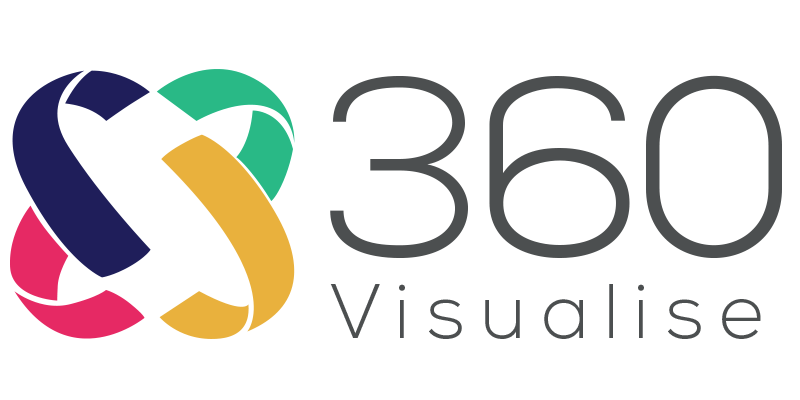
There are many discussions on dental forums and blogs talking about “which is the best CBCT?”
Of course this is very subjective and a lot depends on an individual’s clinical needs, software packages they want to integrate with with and practice set up. (Space for a CBCT is often a critical requirement)
Let’s compare the features of two of the current high end machines. Morita are often touted as the amongst the best for image quality. The Carestream CS9600 and the Morita Veraviewepocs 3D R100 are both advanced 3D imaging systems designed for use in dentistry. While both systems offer many similar features, there are some key differences between the two that may be important to consider when choosing the best option for your practice.
Here are some of the key features of each system:

Carestream CS9600:
High-resolution imaging: The CS9600 can capture highly detailed 2D and 3D images, with voxel sizes as small as 75 microns, providing a high level of accuracy and detail.
Wide range of imaging options: The system offers a variety of imaging modes, including panoramic, cephalometric, and 3D cone beam, allowing for a comprehensive range of diagnostic and treatment planning options.
Advanced imaging software: The CS9600 comes with advanced imaging software that enables users to manipulate and analyse images in detail, making it easier to diagnose and plan treatment for complex cases.

Easy-to-use interface: The system features an intuitive touch-screen interface and easy-to-navigate software, making it user-friendly for both dentists and dental assistants.

Fast scanning times: The CS9600 has a fast scan time of 8 seconds for 3D scans, reducing patient exposure to radiation and minimising discomfort.

Morita Veraviewepocs 3D R100:

Multiple fields of view: The R100 offers a range of fields of view, from small 5x5cm to large 14x14cm, allowing for precise imaging of specific areas or the entire dentition.
Low dose imaging: The system uses advanced low-dose imaging technology, reducing patient exposure to radiation while still delivering high-quality images.
Customisable exposure settings: The R100 allows users to adjust exposure settings based on the patient's unique anatomy, providing even greater control over radiation exposure.
Built-in sensor technology: The system features a built-in sensor that automatically detects patient movement, reducing the risk of motion artefacts in the final image.
Easy-to-use interface: The R100 features an intuitive touch-screen interface and user-friendly software, making it easy to use for both dentists and dental assistants.
Overall, both the Carestream CS9600 and the Morita Veraviewepocs 3D R100 are highly advanced 3D imaging systems that offer a range of features and benefits for dental practices. Choosing the best system for your practice will depend on your specific needs and preferences, as well as your budget and the space available in your practice.
Benefits of a 120 kV Generator
The Morita machines still use a 60-80 kV generator. Where as the Carestream CS 9600 has an option for a 120 kV generator. How does this improve image quality while reducing patient dose?

Here are some of the benefits of a 120 KV generator on a CBCT machine over 60-80 KV machines:
Improved Image Quality: A CBCT machine with a 120 KV generator can produce images with higher contrast and greater detail compared to machines with lower KV generators. This is because higher KV values allow for greater penetration of the X-rays, resulting in better visualisation of dense structures such as bone.
Reduced Scattering Artefacts: Scattering artefacts can occur in CBCT images when X-rays scatter in the body instead of passing through the targeted area. A higher KV generator can help reduce scattering artefacts by allowing the X-rays to pass through the body more easily.
Greater Flexibility: A 120 KV generator can accommodate a wider range of patients, including those with denser bone structures or larger body sizes. This can improve the versatility of the CBCT machine and increase its usefulness in a variety of clinical situations.
Reduced Radiation Dose: While a higher KV generator produces more powerful X-rays, it can also reduce the overall radiation dose to the patient. This is because higher KV values allow for shorter exposure times, resulting in less radiation exposure for the patient.
Improved Diagnosis and Treatment Planning: The improved image quality and reduced artefacts provided by a 120 KV generator can lead to more accurate diagnoses and treatment planning for dental conditions. This can lead to better outcomes for patients and increased confidence in treatment decisions for dental professionals.
Overall, a 120 KV generator on a CBCT machine offers significant benefits over machines with lower KV generators, including improved image quality, reduced scattering artefacts, greater flexibility, reduced radiation dose, and improved diagnosis and treatment planning.
For more information or a demonstration contact 360 Visualise.
01943 601222
